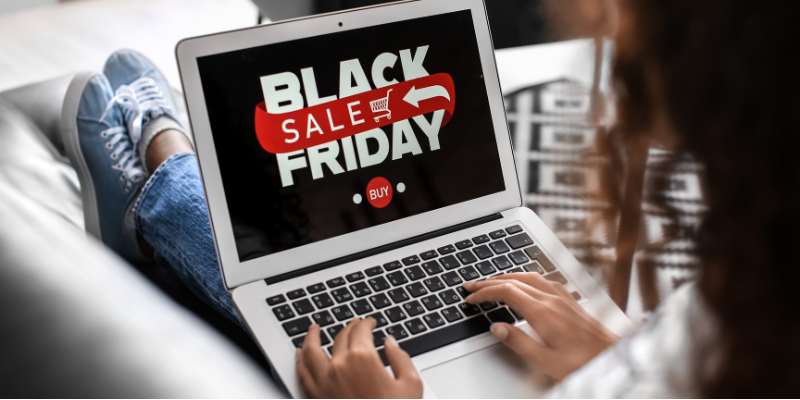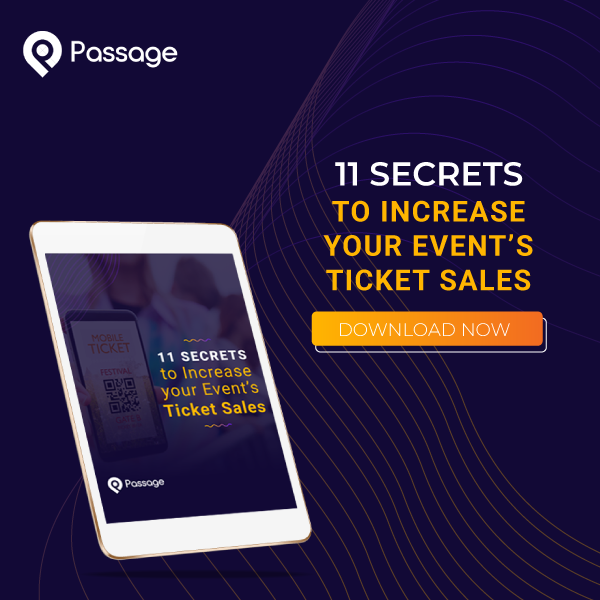When you apply for a new job, you polish your resume. When you host an event, you should sharpen your media kit.
Think of a media kit like your event’s resume. It provides an overview of your accomplishments and experience, including facts like how many times the event has been held and how many people attend. But a media kit is also a visual experience. It should help recipients imagine themselves inside your event: What are the vibes like? What’s great about this event? How would I feel if I attended?
You might have heard about media kits before, but putting one together yourself can be tricky. Let’s go over what every great media kit should include and how to use yours for maximum impact.
What is a Media Kit?
A media kit, also known as a press kit, is a collection of promotional materials provided by an event organizer to media professionals, potential advertising partners or sponsors, and collaborators. It is designed to give journalists, influencers, and others a comprehensive overview of your event and key information that can be used in articles, interviews, or promotional content. Your media kit can also double as a sponsorship kit—if you shape it the right way.
A solid media kit should include:
- An overview of your content and event brand
- A well-designed, simple, and visually appealing layout
- Key information and statistics about your event and your audience
Media kits can be used to pitch:
- Local media outlets, to get them to cover your event
- Potential sponsors to donate to your event
- Influencers you want to hire or collaborate with
- Organizations you want to partner with
Key Components of a Media Kit
- Event Overview: A brief description of your event, including its history, mission, vision, and core values.
- Facts & Figures: Key stats your target audience will want to know, such as ticket prices, the date and time of your event, venue location, whether food and beverages will be served, and any age restrictions.
- Feature Information: Details about the entertainment and activities offered, including any artist lineups, giveaways, or unique selling points.
- Biographies: Information about the key members of the event staff, such as yourself, co-founders, or other significant team members.
- Press Releases: Recent press releases that highlight significant news, such as awards, or other important announcements.
- Logos and Branding Assets: High-resolution images of your event logo, photos from past events, and other branding materials that can be used by the media.
- Contact Information: Details on how to reach you, or possibly your public relations or marketing team, for further inquiries.
- Previous Press Coverage: Links or clippings of past media coverage to showcase how the event has been portrayed in the media.
- Testimonials/Case Studies: Quotes or stories from happy guests or case studies that demonstrate the impact your event has had on the local community.
- Previous Collabs: This section is really only necessary if you’re planning to share your media kit with potential sponsors or partners. If you’ve worked with influencers, other brands, or organizations in the past, don’t forget to include those success stories in your kit!
- Social Media Links: Links to your event’s social media pages and any relevant hashtags used by your team or guests when sharing content.
- Social Media Stats: Include your follower numbers and engagement rates on various channels.
- FAQs: A list of frequently asked questions that the media or potential partners might have.
What Format Should My Media Kit Be In?
Media kits can be provided in digital format, such as a PDF file, or as a physical package, depending on your budget and the preferences of the media outlet or potential partner you are trying to reach.
Want journalists to cover your next event? We have a whole blog about pitching media. Check it out!
6 Tips for Maximizing Your Media Kit’s Impact
When building a media kit, it’s important to ensure that it effectively communicates your event's identity and value while being easy to use for the media and potential partners. Here are some additional tips and considerations:
1. Tailor Your Media Kit to Your Audience
- Know Your Audience: Consider who will be using your media kit (journalists, bloggers, influencers, potential advertisers) and tailor the content accordingly.
- Customize Sections: Depending on the target audience, you might want to emphasize different sections. For example, a media kit for advertisers might focus more on audience demographics and advertising opportunities.
2. Keep It Up-to-Date
- Regular Updates: Make sure that the information in your media kit is always current. This includes updating press releases, product information, and statistics regularly.
3. Make It Visually Appealing
- Design Consistency: Your media kit should reflect your event’s visual identity. Use consistent colors, fonts, and imagery that align with your overall branding.
- High-Quality Images: Include high-resolution images that are ready for publication. This includes event photos, team photos, and any other relevant visuals.
- Interactive Elements: If your media kit is digital, consider including interactive elements such as clickable links, embedded videos, or animated infographics.
4. Be Concise and Clear
- Avoid Overloading with Information: While it’s important to provide all necessary details, avoid overwhelming the reader with too much information. Be concise and to the point.
- Easy Navigation: If your media kit is digital, use a table of contents with clickable links to each section. For a printed version, ensure it's well-organized with clear headings.
5. Accessibility and Distribution
- Easy Access: Make your media kit easily accessible, either through your website or by providing it directly to those who request it. Consider creating a dedicated media kit page on your website.
- File Formats: Offer your media kit in various formats, such as PDF for easy sharing and downloading, or as a web page that can be easily updated.
- Print vs. Digital: While digital media kits are the norm, having a high-quality printed version can be beneficial for trade shows or meetings.
6. Collect and Analyze Feedback
- Seek Input: After distributing your media kit, ask recipients for feedback on what they found useful and what could be improved.
- Monitor Usage: Track how often your media kit is accessed or downloaded, and adjust it based on the data you gather.
Final Thoughts
By paying attention to these details, your media kit can serve as a powerful tool for attracting media attention, securing partnerships, and effectively communicating your event’s message.
When you’re ready to start selling tickets for your next event, Passage can help you reach more fans and sell more tickets. Schedule a call with an event expert today!














